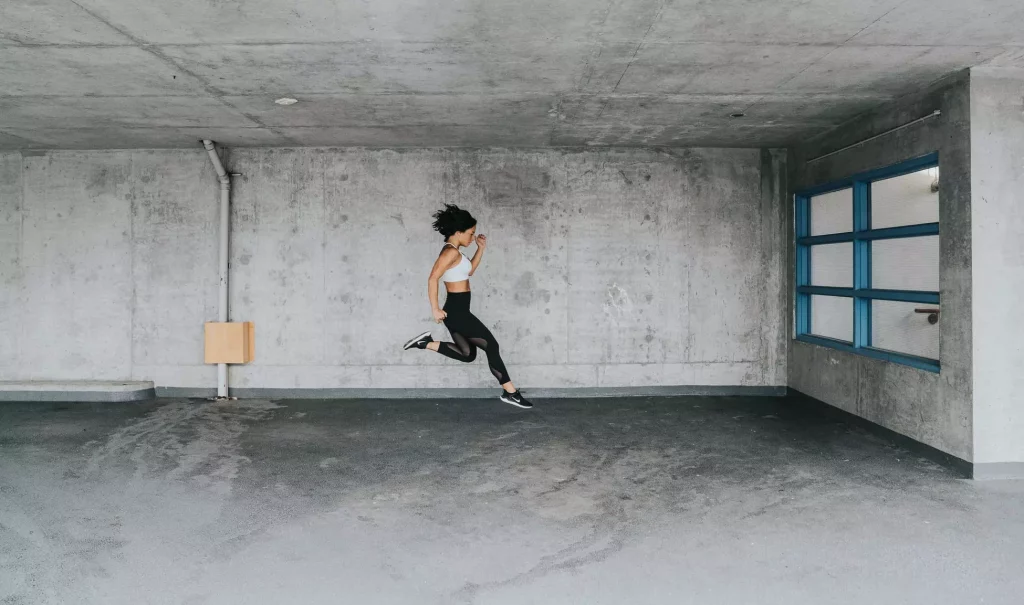Sitting on a bench lazily watching the pattern of the underground train doors passing as a long train rumbles by. Gazing out the window for a few moments to watch the shimmer of leaves on a tree as the wind helps them defy gravity. These are moments when we pause. During that time, our brain stops taking information in, and searches for connections. Those connections drive innovation and creativity. HUmX creates the space for that pause, moments for daydreaming, where invention and ideas live.
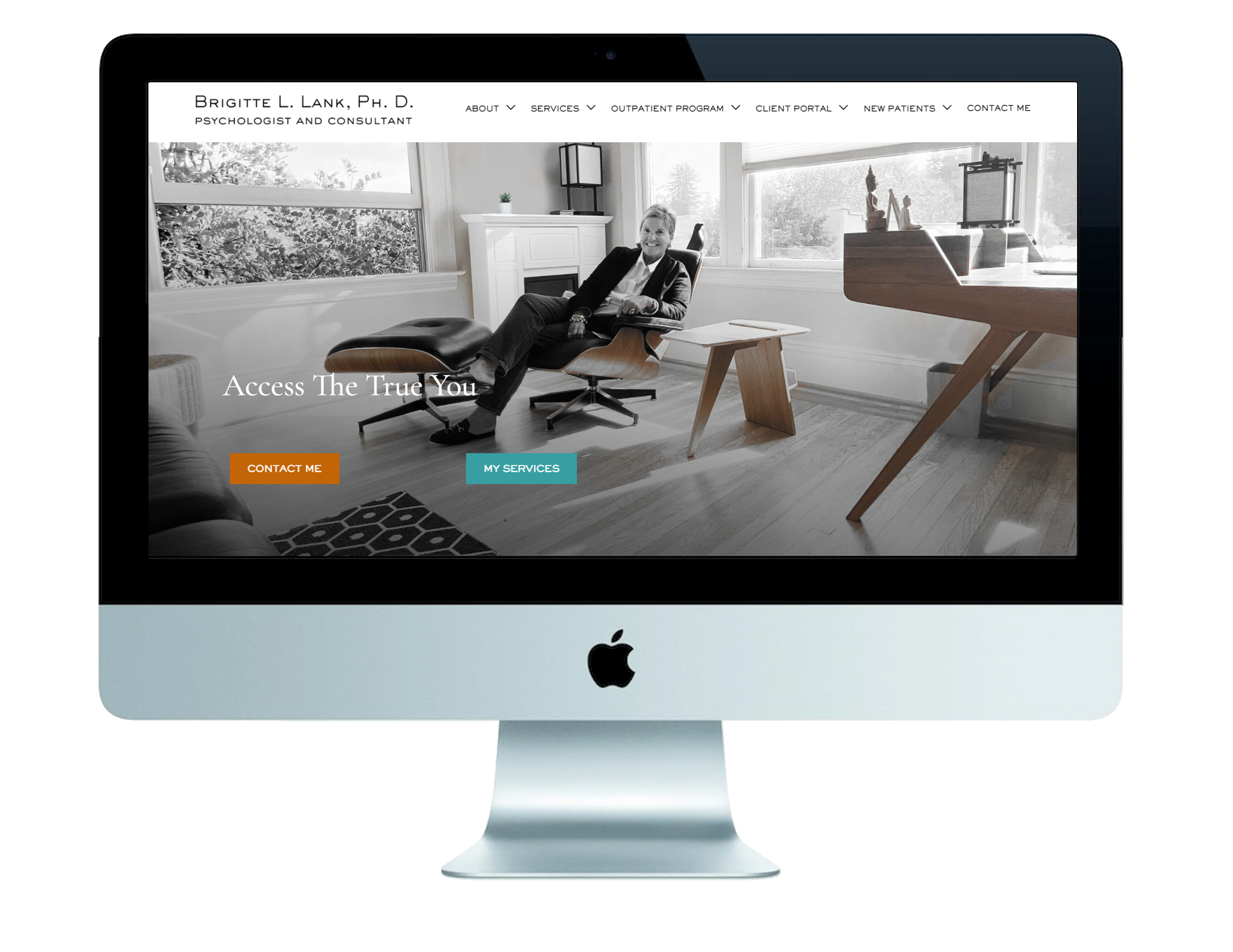
Explore Our Portfolio!
It Is Within “The Pauses” That We Have Advanced Human Creativity
Our brain and senses are wired for taking in millions of pieces of information and storing them away, or discarding them. Without moments of pause, our brains are simply a sorting machine…a database of categorization. We have incredible chemistry available to our brains to make us feel good, or to reward us with those “aha” moments. Out of this chemistry we have created the world’s human population, spaceships, bread, unicorns, mystery novels, and beautiful architecture.
Enhancing the communication of ideas must be the way that humans will evolve, as this is what we have been obsessively focused on as a species. The internet and its offspring have given us close-to-telepathic abilities in that our thoughts can be transmitted around the world instantly. We want to know about each other, the things that anger us, that make us cry, that make us want to have babies, or to dance all night. With the internet and social media, we are, finally, all connected.

Black Shonen
We have trained the human mind to click for a reward
An unfortunate element of this emergent connection is that the funding of this technology comes from highly refined mechanisms that capture our attention, otherwise known as “ads”. Our engagement with ads triggers the response-reward mechanism of dopamine, which is released when we tap or click, and which is highly addictive and requires higher and higher doses. Dopamine is used by the brain to train us to do tasks that it decides are beneficial for us. UX Designers are responsible for training our brains to endlessly tap on ads and content, as clicks are sold in the advertising market. We must be the ones to choose a new path.
Had the internet somehow been funded by palm leaves, or ocean water, our experiences on websites, apps, smart speakers, and IOT devices would be very different. Engineers and designers would not be competing to sell to their audience using the addictive dopamine reward/response reflex. We would instead be competing for the activation of a different chemical in our brains. Perhaps Serotonin activation would have been the goal of websites & digital. Serotonin can create a feeling of well being, happiness, regular sleep patterns, and a balanced appetite. Serotonin is activated by exercise, natural light, and the right foods. None of these are possible with the current design of many interfaces, which require indoor lighting, and sitting down or remaining motionless. Mobile phones (and COVID) have freed many of us from the office chair, but there is still so much further to go. If we focus on serotonin, which provides long-term happiness not a micro-second of addictive pleasure, we can start to un-do what is emerging as an emerging change in human behavior.
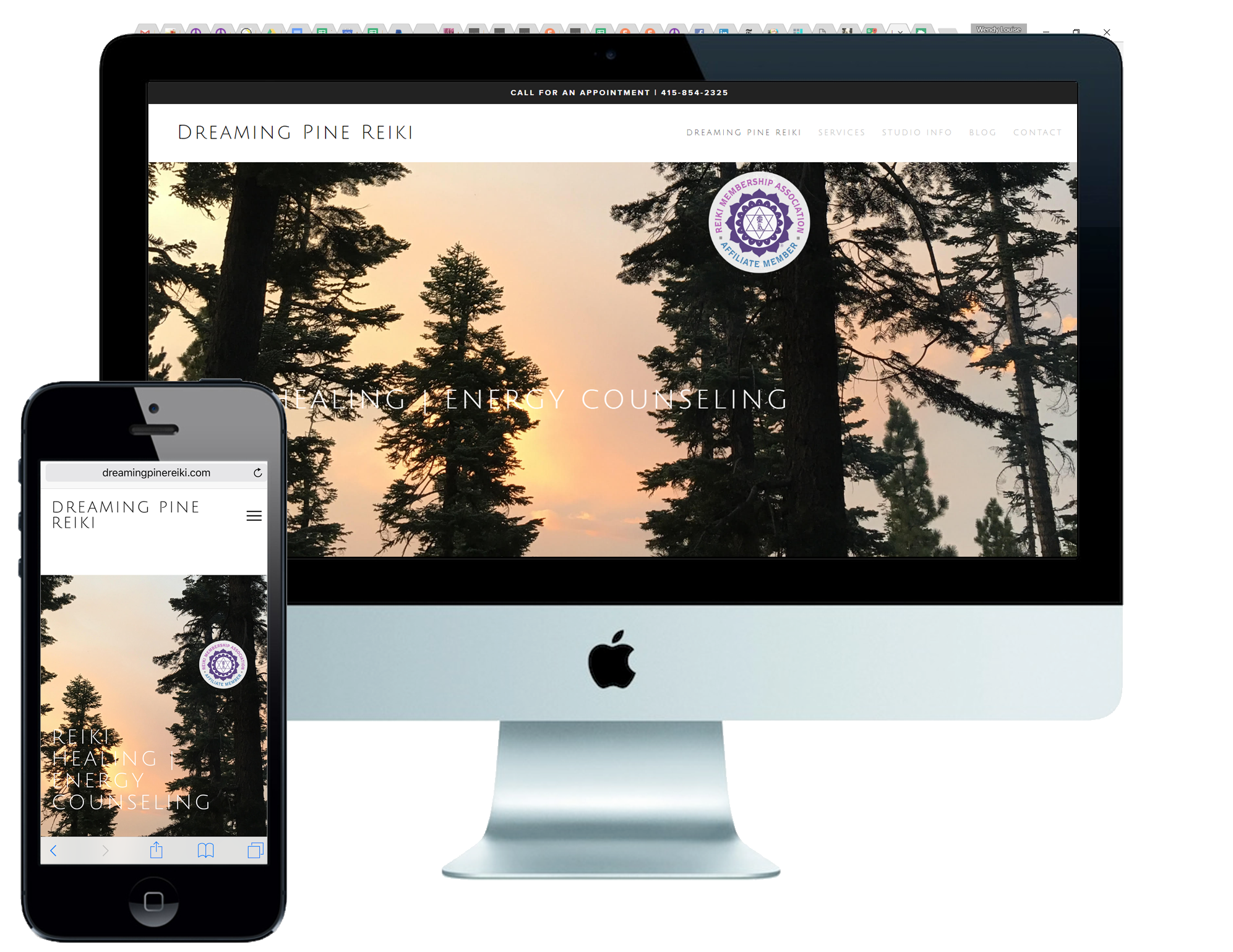
Marin Web Design By Future Bright
What Does A “Feel Good” Interface Look Like?
What does a serotonin-focused interface look like? It visually creates those pauses, those moments for observation, of “aha’s” where information comes together to allow the creation or discovery of something new. We have to start to undo the trend of relying on short-term dopamine releases that can be gained from a click or a tap.
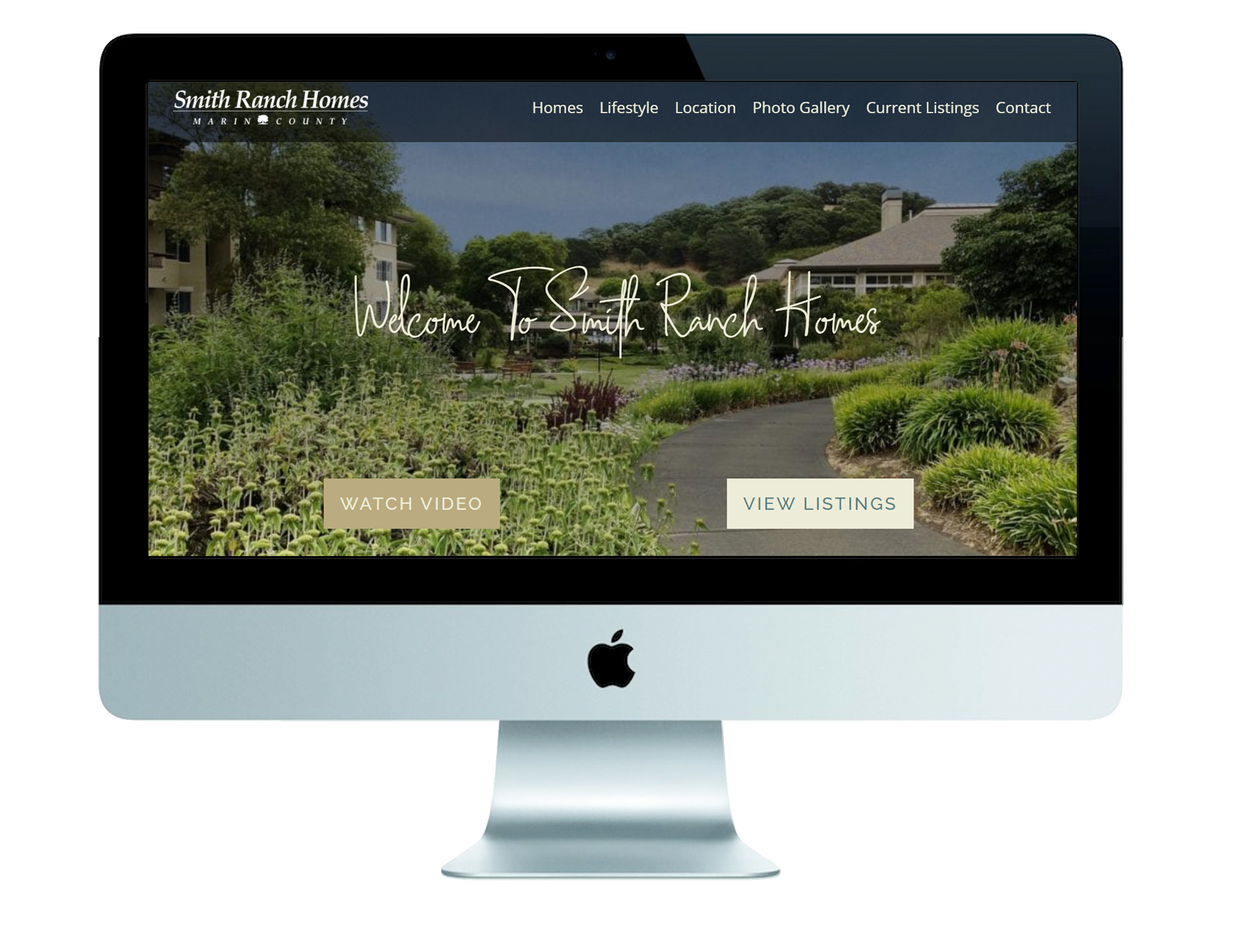
Your Click-Through Rate Does Not Define Your Brand
We must not be afraid to provide those moments of connection. We must not be afraid that our competitor will sell more, or that our audience will immediately bounce off to an amazing weight-loss story. When we look at analytics, we carefully watch bounce rates, and try to keep visitors on our websites or apps longer. Yet we also watch “click through rates” and try to get users to keep clicking on various buttons with the hope that they will finally purchase something before they click off into the distance and forget about us instantly. Our interfaces are training our visitors to leave us in order to continue their dopamine fix.
A Relaxed Interface Strengthens A Connection To Your Brand
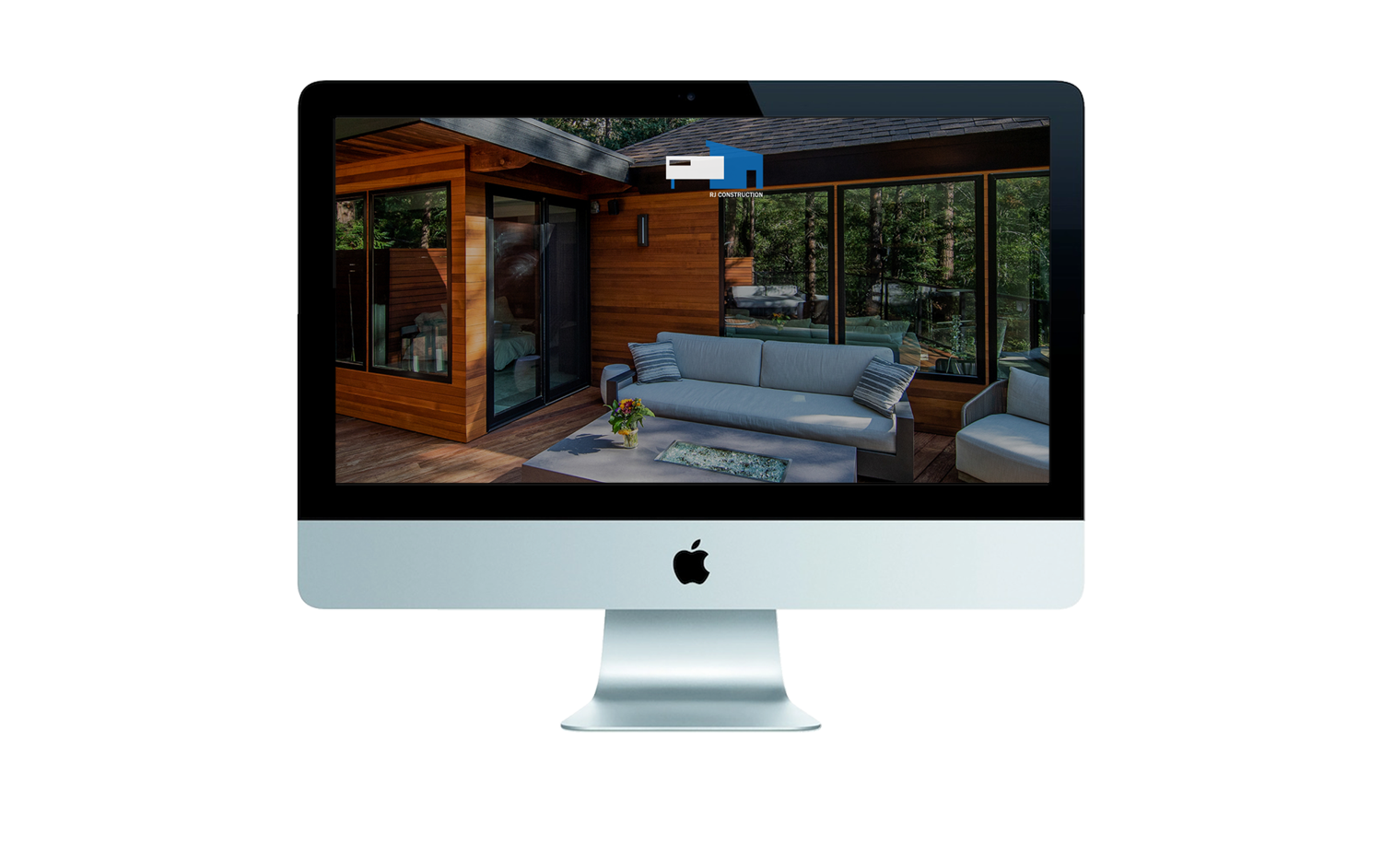 In our designs at Future Bright, we try to create those pauses. We want visitors to the sites that we build to have a moment of visual joy, and then to make their way through our interfaces with ease and without distraction. When we do provide a call to action, we want to be sure that the visitor feels confident that they will be met with another moment of visual joy, and, importantly, the information they were looking for. This strengthens the connection the visitor has with the brand. When you are making purchasing decisions, you want to have the impression that the business cares about how you feel, about your senses, about your happiness…not just about triggering your desire to impulsively click on something enticing and make a panicked or impulsive buy.
In our designs at Future Bright, we try to create those pauses. We want visitors to the sites that we build to have a moment of visual joy, and then to make their way through our interfaces with ease and without distraction. When we do provide a call to action, we want to be sure that the visitor feels confident that they will be met with another moment of visual joy, and, importantly, the information they were looking for. This strengthens the connection the visitor has with the brand. When you are making purchasing decisions, you want to have the impression that the business cares about how you feel, about your senses, about your happiness…not just about triggering your desire to impulsively click on something enticing and make a panicked or impulsive buy.
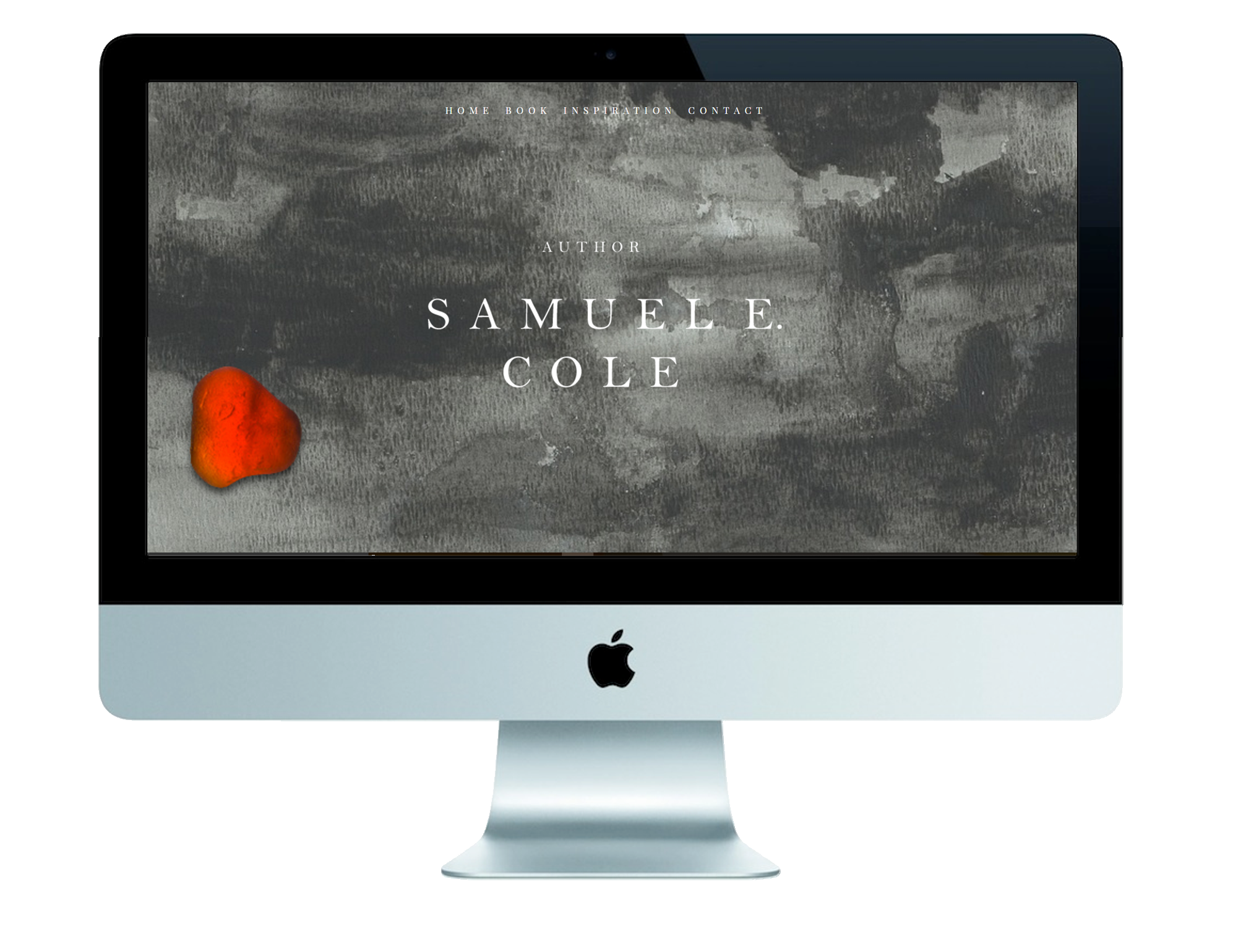
Future Bright – Marin Web Designer
As UI/UX designers, we must begin to take responsibility for allowing spaces for the creativity of future generations to emerge, and to resist the temptation to build increasingly click-oriented interfaces. Our attention spans (time before we get bored and move on) are now reduced from twelve down to to eight seconds. If we do not create a change, at some point our attention span will be reduced to the speed at which we can sense information. If you have observed someone (or yourself) scrolling through an app, you will realize we are almost already there. It is fascinating and terrifying to imagine what impact that will have on our creativity, experiences, and culture.
These are all points to discuss, to examine, to dispute, and to explore. We have much to learn, and may our curiosity always be faster than the speed at which we discover.

